Definite Articles in French
Concept Map
Understanding the function of definite articles in French is crucial for mastering the language. These articles, 'le', 'la', 'les', and 'l'', indicate noun specificity, gender, and number. They are essential in differentiating between known and unknown entities and are used in various contexts, including possession and idiomatic expressions. The text also highlights common mistakes to avoid and provides guidelines for proper article application.
Summary
Outline
The Function of Definite Articles in French Language Structure
The French language utilizes definite articles to indicate the specificity of a noun, as well as its gender—masculine or feminine—and its number—singular or plural. The masculine singular definite article is 'le', the feminine singular is 'la', and 'les' is used for both masculine and feminine plural nouns. When a singular noun begins with a vowel or a non-aspirate 'h', the elided form 'l'' is used to ensure smooth pronunciation. These articles are crucial for constructing grammatically correct sentences and for indicating that the noun is specific and known to both the speaker and the listener.Distinguishing Between Definite and Indefinite Articles in French
The use of definite and indefinite articles in French is essential for conveying specificity. Definite articles ('le', 'la', 'les', 'l'') denote specific, known entities, while indefinite articles ('un', 'une', 'des') are used for non-specific entities or unspecified quantities. For example, 'le chien' refers to a specific dog known to the speakers, whereas 'un chien' could mean any dog. The choice of article can alter the meaning of a sentence significantly, underscoring the importance of precision in language use.Combining 'De' with Definite Articles in French Grammar
French grammar features the contraction of the preposition 'de' with definite articles to form expressions such as 'du' (from 'de + le') and 'des' (from 'de + les'), which are used to denote possession or quantity. 'De' combines with masculine singular nouns to form 'du', and with plural nouns of either gender to form 'des'. However, it remains separate when used with feminine singular nouns or plural nouns that begin with a vowel or a non-aspirate 'h', as in 'de la plage'. Mastery of when to contract 'de' with definite articles and when to keep them separate is vital for proficient French communication.Guidelines for Applying Definite Articles in French
Correct application of definite articles in French requires adherence to rules that match the article to the noun's gender and number. 'Le', 'la', 'les', and 'l'' must be selected to correspond with the noun they modify. 'Le livre' denotes a specific masculine book, while 'la femme' refers to a particular feminine woman. 'Les' is used for plural nouns, as in 'les arbres' for specific trees. 'L'' is employed before nouns starting with a vowel or a silent 'h', such as 'l'étoile'. Additionally, the use of definite articles with proper nouns, abstract concepts, and idiomatic expressions can differ from English, and understanding these nuances is important for language learners.Common Errors to Avoid with French Definite Articles
To achieve proficiency in French, learners should be aware of common errors involving definite articles. Mistaking 'l'' for an indefinite article is a frequent error; it is a definite article used before nouns that begin with a vowel or a mute 'h'. Another common mistake is using a definite article where an indefinite one is needed, such as when introducing a noun for the first time or in general statements. Additionally, incorrect gender assignment to nouns can result in improper article usage. Regular practice and a firm grasp of the rules governing gender and number are essential to avoid these errors and use definite articles correctly.Essential Points on French Definite Articles
In conclusion, definite articles are a fundamental aspect of the French language, signifying the gender and number of nouns and indicating specificity. They comprise 'le', 'la', 'les', and 'l'', and their usage spans various contexts, including abstract nouns, possession, and set phrases. The contraction of 'de' with definite articles forms constructs like 'du' and 'des', which are crucial for expressing possession or quantity. Proficiency with definite articles involves correctly matching them to the noun's gender and number, understanding their interaction with 'de', and being mindful of exceptions and special cases. Avoiding common mistakes and practicing sentence construction are imperative for effective French communication.Show More
Usage of Definite Articles
Specificity and Gender
Definite articles in French indicate the specificity and gender of a noun
Number and Elision
Number
Definite articles in French also indicate the number of a noun
Elision
The elided form 'l'' is used for smooth pronunciation when a singular noun begins with a vowel or a non-aspirate 'h'
Importance in Sentence Construction
Definite articles are crucial for constructing grammatically correct sentences in French
Definite vs. Indefinite Articles
Denoting Specificity
Definite articles denote specific, known entities, while indefinite articles are used for non-specific entities or unspecified quantities
Altering Meaning
The choice of article can significantly alter the meaning of a sentence in French
Importance of Precision
Precision in language use is crucial when choosing between definite and indefinite articles in French
Contraction with Preposition 'de'
Forming Expressions
The preposition 'de' contracts with definite articles to form expressions such as 'du' and 'des' in French
Denoting Possession or Quantity
'Du' and 'des' are used to denote possession or quantity in French
Mastery for Proficient Communication
Understanding when to contract 'de' with definite articles is essential for proficient French communication
Correct Application of Definite Articles
Matching Gender and Number
Correct application of definite articles in French requires matching them to the noun's gender and number
Examples of Usage
'Le', 'la', 'les', and 'l'' must be selected to correspond with the noun they modify in French
Exceptions and Common Errors
Understanding exceptions and avoiding common errors is crucial for using definite articles correctly in French





